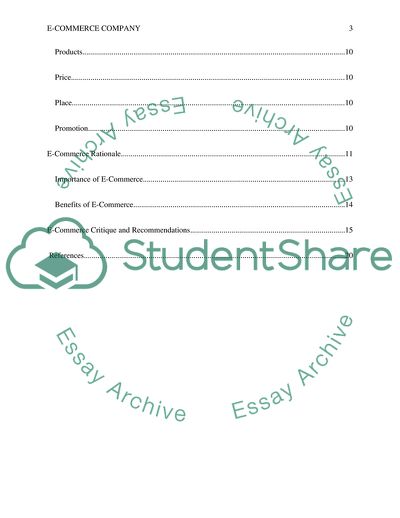Cite this document
(E-commerce Company Research Paper Example | Topics and Well Written Essays - 2500 words, n.d.)
E-commerce Company Research Paper Example | Topics and Well Written Essays - 2500 words. https://studentshare.org/e-commerce/1881770-e-commerce-company
E-commerce Company Research Paper Example | Topics and Well Written Essays - 2500 words. https://studentshare.org/e-commerce/1881770-e-commerce-company
(E-Commerce Company Research Paper Example | Topics and Well Written Essays - 2500 Words)
E-Commerce Company Research Paper Example | Topics and Well Written Essays - 2500 Words. https://studentshare.org/e-commerce/1881770-e-commerce-company.
E-Commerce Company Research Paper Example | Topics and Well Written Essays - 2500 Words. https://studentshare.org/e-commerce/1881770-e-commerce-company.
“E-Commerce Company Research Paper Example | Topics and Well Written Essays - 2500 Words”. https://studentshare.org/e-commerce/1881770-e-commerce-company.


